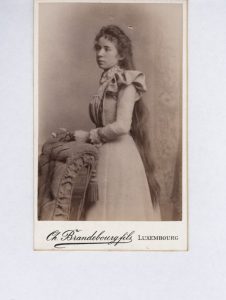 Helen Buchholtz (1877-1953)
Helen Buchholtz (1877-1953)
Charlotte Helena Buchholtz was born on 24th November 1877 in Esch-sur-Alzette, a small city in the south of Luxembourg. Her father, Daniel Buchholtz, was an ironmonger but also traded in household utensils and building materials. On top of that, he was the founder of the very successful Buchholtz Brewery. Little is known about Helen Buchholtz’s early musical education. According to her nephew, François Ettinger, she was interested in music, literature and art from a very young age and was taught the piano, the violin, music theory and composition.
As neither the music conservatory in Esch, nor the one in Luxembourg-City existed at the time, the only way to acquire a musical education was by taking private lessons or by joining a music association or choir. In those days, such associations open to women were rare. There were numerous music bands in Luxembourg but most of them were brass bands with a heavily military repertoire, which only accepted male members and this until well into the 20th century. Women were much luckier with choirs which had opened up to them in the 19th century already. Before then, these had also only been exclusively reserved to men. The Saint-Joseph Cäcilienverein in Esch, founded in 1815, was a mixed choir from the 1870s onwards and also acted as an institution that provided music teaching and training. We can assume, without the shadow of a doubt, that Helen Buchholtz’s talent was encouraged by other members of the family, especially since her father and uncle belonged to the circle of local music enthusiasts. The brothers also entertained a close friendship with Felix Krein (1831-1888), the most famous musician in Esch at the time and possibly the young girl’s first music teacher.
As was the custom among the aristocratic and bourgeois families of the time, Helen Buchholtz – like her sisters – attended the Pensionnat des Mesdames Métro-Bastien, a girls’ boarding school in Longwy (France), after her primary school education in Esch. At such 19th-century girls’ boarding schools, musical education had a firm place in the curriculum, although the teaching thereof was not supposed to go beyond the ‘female sphere’, meaning that the musical skills they were taught were only aimed at providing entertainment and relaxation. After returning from Longwy, Helen Buchholtz lived in her parental home, where she spent her time playing music and, eventually, trying her hand at composing.
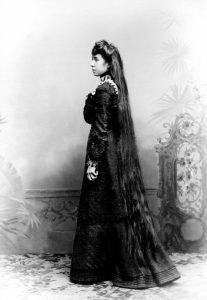 Industrialisation made the number of inhabitants in Esch soar from 2000 in 1870 to 24,000 in 1913, which resulted in a rise and increase in variety of cultural events in Esch. At that time, music-making in private homes was still very popular and important, thus it can be assumed that Helen Buchholtz delighted audiences with her performances on such social occasions at regular intervals.
Industrialisation made the number of inhabitants in Esch soar from 2000 in 1870 to 24,000 in 1913, which resulted in a rise and increase in variety of cultural events in Esch. At that time, music-making in private homes was still very popular and important, thus it can be assumed that Helen Buchholtz delighted audiences with her performances on such social occasions at regular intervals.
In 1910, her father died. His son and son-in-law took over the management of the brewery, of which Helen Buchholtz held a quarter of the shares until her death. Her nephew, François Ettinger points out that ‘Helen Buchholtz was a woman of means who could provide for herself and hence, remain independent’. This financial safety net did indeed make the 33-year-old an independent woman overnight and allowed her to take her own decisions regarding her fate, like the decision to make music the centre of her life despite adverse conditions. On 2nd April 1914, she married the German doctor Bernard Geiger (1954-1921) in Metz and the couple moved to Wiesbaden. Ettinger: ‘Her dream of living in a big mundane city became reality. Wiesbaden, with its internationally renowned thermal baths, was also a cultural hub with its opera, theatre and concert halls – all which Helen Buchholtz had always wished for was now within her grasp. The music lover delved into the artistic and musical atmosphere of the city, which she enjoyed to the utmost.’ Ettinger adds that Buchholtz and her husband had agreed not to have children so that she could devote all her time to composing music.
Shortly after their move to Germany, World War I broke out. Helen Buchholtz used to maintain a steady correspondence with her music-loving brother-in-law but only seven correspondence cards from that period have survived. Surprisingly, however, music and Buchholtz’s musical work and studies rather than the war, everyday life in both Luxembourg and Wiesbaden under the occupation, food shortages and the inflation were the topics raised in these cards. From that correspondence, one can conclude that the musician acquired her skills to a certain extent autodidactically, as she wasn’t one of the very rare women who had gained access to study composition at one of the music conservatoires. She did, however, throughout her life, collaborate with other musicians. One of them was Berlin-born Gustav Kahnt (1848-1923), a retired conductor of the Luxembourg military music band, who taught music composition in Luxembourg-City. When she lived in Wiesbaden, she sent Kahnt her compositions, which he looked over, corrected and suggested improvements for. In general, he qualified her work as ‘very good and worthy of public recognition’. The composer acknowledged a number of Kahnt’s recommendations, but often refused to take on the role of the submissive student and ignored the advice. A final draft of her compositions was drawn up and sent to Luxembourg to print. The Felix Krein publishing house brought out five of her Lieder based on texts by Lucien Koenig. It has to be said that all her compositions were published under her maiden name. Later, the A. Ernst Musikalienhandlung in Wiesbaden published her two Lieder Die rote Blume (The Red Flower) and Die alte Uhr (The Old Clock), as well as an Ave Maria.
Bernard Geiger died unexpectedly in 1921. Helen Buchholtz seems to have processed this loss in her music compositions as a number of her songs deal with death, loss and abandonment. As her work is, however, mostly undated, a link between her biography and her music is purely speculative. After Geiger’s death, Buchholtz returned to Luxembourg and bought a small villa in Limpertsberg, a beautiful area in Luxembourg-City renowned for its fine rose-growing tradition. François Ettinger remembers that, ‘after her return in the 1920s, Buchholtz turned her attention to Luxembourg society, in particular to musicians and poets, like Batty Weber and his wife (the author Emma Weber-Brugmann), Fernand Mertens, etc.’
After Gustav Kahnt’s death in 1923, Helen Buchholtz continues her studies briefly with Jean-Pierre Beicht (1869-1925), who worked in Luxembourg as an organist, a music and song teacher, a choir conductor and composer. Beicht dies in 1925 and, as a result, she starts working with Fernand Mertens (1872-1957), a successful Luxembourg composer of Belgian origin. At the time, Mertens was the conductor of the Luxembourg military music band and taught solfeggio, theory of harmony and counterpoint. Although she spent the thirty remaining years of her life in Luxembourg, she only published six more compositions during that time: two Luxembourg Lieder after texts by Willy Goergen, the Lied Do’deg Dierfer as well as three male-voice choruses in German.
Helen Buchholtz died on 22nd October 1953, shortly before her 76th birthday, completely unrecognized as a composer. After her death, her nephew François Ettinger saved her music scores – which had already been packed into big bags to be burned – from the flames and stored them in two big suitcases in his house, where they were left for a very long time. I was lucky to discover them there in 1998. Nowadays, they are available to the public from the Helen Buchholtz Archive at CID-Fraen an Gender in Luxembourg-City.
Discography
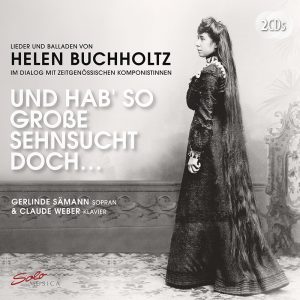
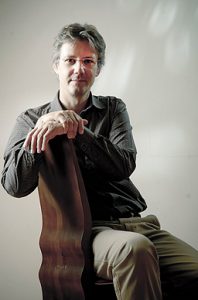 Fabian Müller (*1964) is one of the leading Swiss composers of his generation. His works were premiered by great musicians of our time such as David Zinman, Andris Nelsons, Sir Roger Norrington, Andrey Boreyko, Christopher Hogwood, Steven Isserlis, Dame Evelyn Glennie, Antonio Meneses and Henning Kraggerud, and were heard in the prestigious halls of the world including the Carnegie Hall in New York, the Tonhalle Zurich, the KKL Luzern, St. Petersburg Philharmonic and the Teatro Colón. He got commissions from the Lucerne Festival, the Interlaken Music Festival, Cully Classique or the Vestfold Festspillene in Norway, and his works were performed at the Festival La Chaise Dieux in France, the Aspen Music Festival in Colorado or at the Festival Internacional de Ushuaia in Argentina. Various Portrait CD with the Philharmonia Orchestra London, the Royal Philharmonic Orchestra, the Zurich Chamber Orchestra and the Petersen Quartet Berlin were published.
Fabian Müller (*1964) is one of the leading Swiss composers of his generation. His works were premiered by great musicians of our time such as David Zinman, Andris Nelsons, Sir Roger Norrington, Andrey Boreyko, Christopher Hogwood, Steven Isserlis, Dame Evelyn Glennie, Antonio Meneses and Henning Kraggerud, and were heard in the prestigious halls of the world including the Carnegie Hall in New York, the Tonhalle Zurich, the KKL Luzern, St. Petersburg Philharmonic and the Teatro Colón. He got commissions from the Lucerne Festival, the Interlaken Music Festival, Cully Classique or the Vestfold Festspillene in Norway, and his works were performed at the Festival La Chaise Dieux in France, the Aspen Music Festival in Colorado or at the Festival Internacional de Ushuaia in Argentina. Various Portrait CD with the Philharmonia Orchestra London, the Royal Philharmonic Orchestra, the Zurich Chamber Orchestra and the Petersen Quartet Berlin were published.
 Johannes X. Schachtner
Johannes X. Schachtner
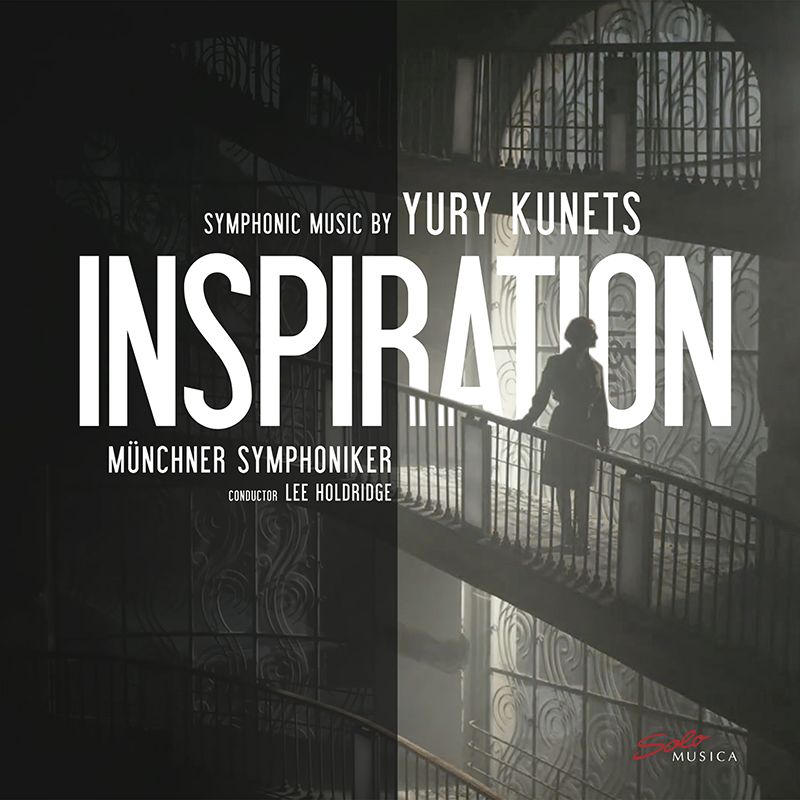


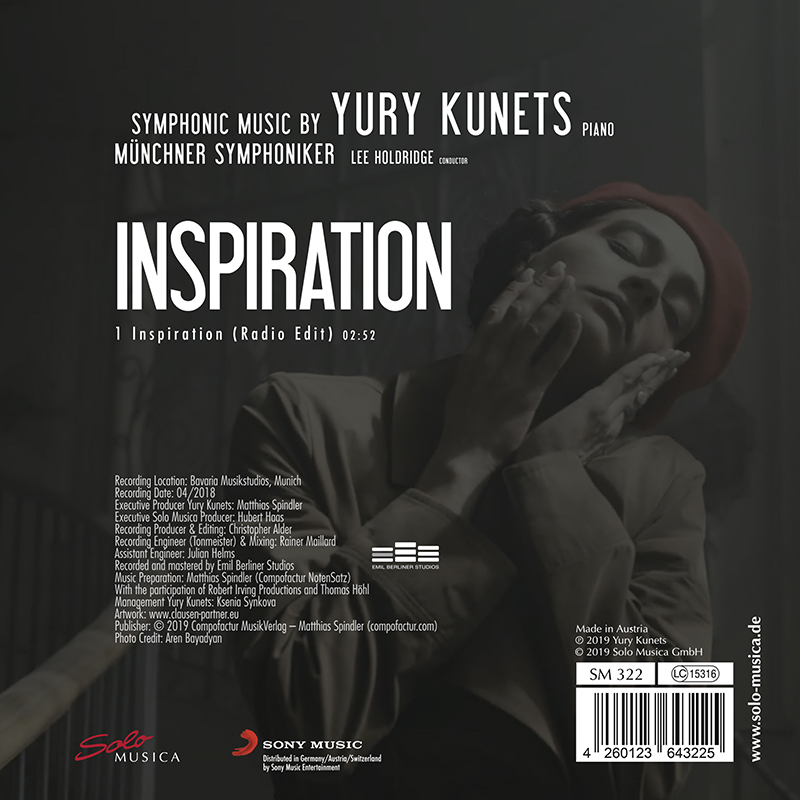
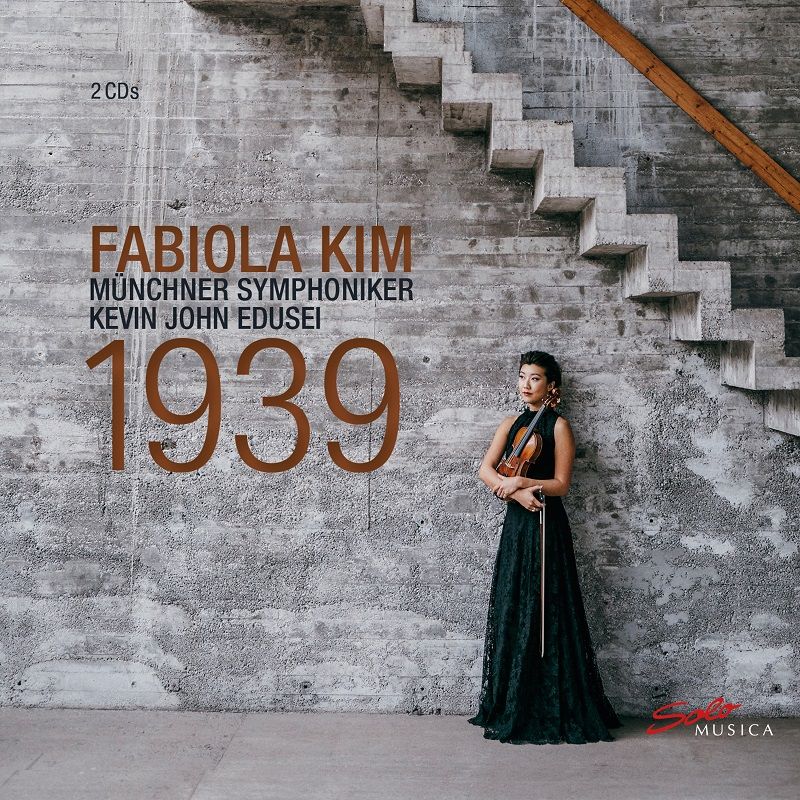
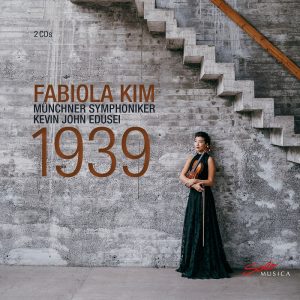 Artist:
Artist: 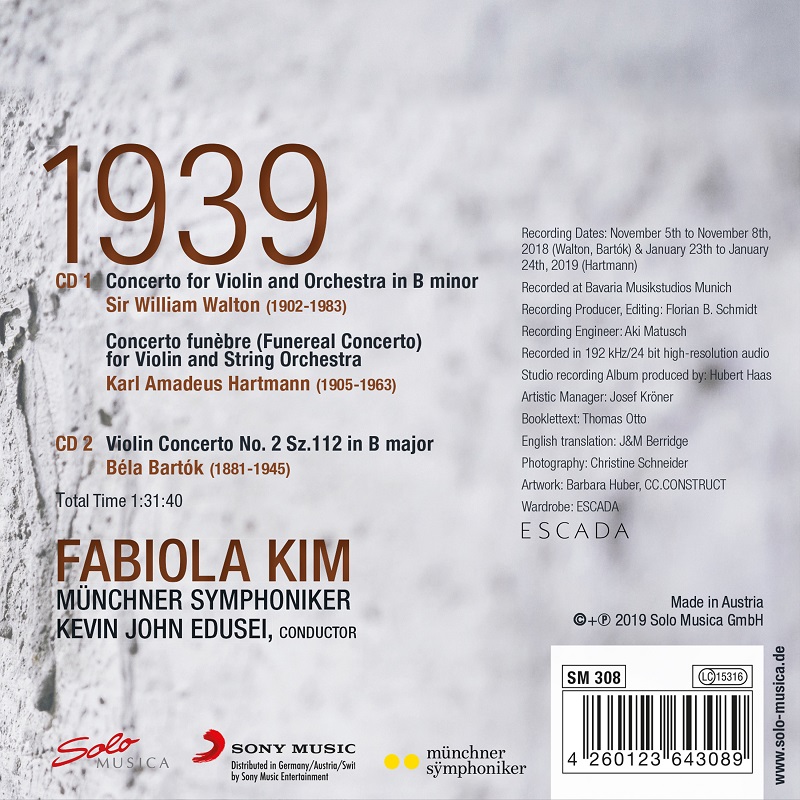
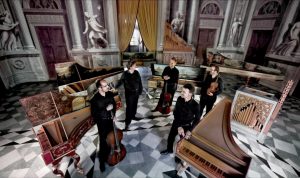 The five-member ensemble around the brothers Stefano and Francesco Cerrato has made a name for itself far beyond historically informed circles. Founded in 2012 in the Piedmontese town of Asti, Armoniosa surprised on their debut album (mdg) with Vivaldi’s concert collection La Stravaganza, which, in the face of the enormous number of recordings, sounds “like a fruit from the various attempts, if not experiments, to interpret Vivaldi over the last twenty years” – a “fresh, powerful and stylistically completely convincing recording” (klassik.com). No less euphoric were the reactions to the following albums featuring trio sonatas by Italian composer Giovanni Benedetto Platti (mdg) and cello sonatas by Carlo Graziani (Rubicon Classics), which received top reviews for their repertoire value and extraordinary interpretation.
The five-member ensemble around the brothers Stefano and Francesco Cerrato has made a name for itself far beyond historically informed circles. Founded in 2012 in the Piedmontese town of Asti, Armoniosa surprised on their debut album (mdg) with Vivaldi’s concert collection La Stravaganza, which, in the face of the enormous number of recordings, sounds “like a fruit from the various attempts, if not experiments, to interpret Vivaldi over the last twenty years” – a “fresh, powerful and stylistically completely convincing recording” (klassik.com). No less euphoric were the reactions to the following albums featuring trio sonatas by Italian composer Giovanni Benedetto Platti (mdg) and cello sonatas by Carlo Graziani (Rubicon Classics), which received top reviews for their repertoire value and extraordinary interpretation.
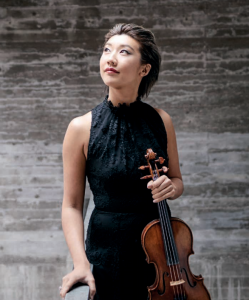 Die Violinistin Fabiola Kim, die von der New York Times als “geniale Solistin“, welche mit „außerordentlicher Präzision und Brillanz spielt“ gefeiert wird, ist eine der dynamischsten Musikerinnen ihrer Generation mit einem breiten Repertoire von klassischer bis zeitgenössischer Musik. Zu ihren jüngsten Engagements zählt eine Aufnahme mit den Münchner Symphonikern mit der Uraufführung eines von Esa-Pekka Salonen geschriebenen Stückes, das vom Strings Magazine “mit heiterer Reinheit gespielt” beschrieben wurde und Konzertengagements beim Aspen Music Festival, den Münchner Symphonikern, dem Nürnberger Symphonieorchester, dem Berliner Symphonieorchester und dem Owensboro Symphonieorchester. Nachdem sie mit vier Jahren angefangen hatte, ihr Instrument zu lernen, gab sie ihr Konzertdebüt mit der Seoul Philharmonie nur drei Jahre später. Kim ist Gewinnerin verschiedener Preise und Wettbewerbe, darunter der Concerto Competition des Seoul Philharmonic Orchestra als jüngste Teilnehmerin in der Geschichte des Wettbewerbs.Seitdem gewann Kim die Violin Concerto Competition des Aspen Music Festival, die Young Artists Concerto Competition des Livingston Symphony Orchestra, den Kumho Prodigy Music Award, einen Preis, der an die vielversprechendsten jungen Musiker in Korea verliehen wird, und sie war Preisträgerin des Corpus Christi International Competition und des Internationalen Wettbewerbs für Streicher von Irving M. Klein.Kim hat mit Dirigenten wie Alan Gilbert, Gilbert Varga, Jane Glover und Nicholas McGegan zusammengearbeitet. Ihre bisherigen Solo-Auftritte beinhalten Engagements bei den Philharmonikern in Seoul und Suwon; Europatourneen mit dem Suwon Philharmonikern beim Bruckner Festival in Linz und dem Merano Festival in Meran / Italien, mit dem Juilliard Orchestra, dem Aspen Philharmonia, dem Kangnam, dem Koreanischen, dem Broward und dem Prime Symphonieorchester; mit der Livingston-Sinfonie; dem Kölner Kammerorchester; der North Czech Philharmonic Orchestra; der American Academy of Conducting in Aspen, dem Orquestra Sinfonica OSUANL, dem Budapest Symphony Orchestra MAV, den Hofer Sinfoniker, dem Korean Chamber Orchestra, der Westdeutschen Sinfonia und dem Colburn Orchestra.Zusätzlich zu ihren Solo-Engagements hat Frau Kim eine Leidenschaft für Orchesterrepertoire, wurde im Radio vorgestellt und spielte bei Förderkonzerten. Sie tritt regelmäßig als Konzertmeisterin des Colburn Orchestra und als Konzertmeisterin des Juilliard Orchestra auf. Außerdem war sie 2012 Konzertmeisterin des New York String Orchestra Seminars. Ihre Förderkonzerte führten sie durch ganz New York und sie hat an einem einwöchigen Aufenthalt bei Juilliard in Aiken in South Carolina teilgenommen. Ihre Radio-Auftritte wurden von NPRs From the Top und The Young Artists Showcase bei WQXR New York gefeatured. Als passionierte Kammermusikerin trat sie bei Festivals wie dem Ravinia Steans Institute, dem Aspen Music Festival, dem Verbier Festival und dem La Jolla Music Society Summerfest auf.Frau Kims Konzerte führten sie um die ganze Welt, da sie in ganz Nordamerika, Mexiko, Europa, Japan und Südkorea aufgetreten ist und an bekannten Orten wie der Carnegie Hall, der Berliner Philharmonie, Avery Fischer und Alice Tully im Lincoln Center, dem Seoul und Kumho Arts Center, dem Kimmel Center, der Kirche St. Martin-in-the-Fields und am Auditorium Conciliazione spielte.Frau Kim hat das Künstler Diplom an der Colburn School unter der Leitung von Robert Lipsett abgeschlossen, und ist Bachelor- und Master of Music bei Juilliard unter der Kuratel von Sylvia Rosenberg und Ronald Copes. Zu ihren ehemaligen Lehrern und Mentoren zählen Kyung Wha Chung, Namyun Kim und Choongjin Chang. Fabiola Kim ist auch Künstler-Diplomkandidatin an der Colburn School bei Robert Lipsett.
Die Violinistin Fabiola Kim, die von der New York Times als “geniale Solistin“, welche mit „außerordentlicher Präzision und Brillanz spielt“ gefeiert wird, ist eine der dynamischsten Musikerinnen ihrer Generation mit einem breiten Repertoire von klassischer bis zeitgenössischer Musik. Zu ihren jüngsten Engagements zählt eine Aufnahme mit den Münchner Symphonikern mit der Uraufführung eines von Esa-Pekka Salonen geschriebenen Stückes, das vom Strings Magazine “mit heiterer Reinheit gespielt” beschrieben wurde und Konzertengagements beim Aspen Music Festival, den Münchner Symphonikern, dem Nürnberger Symphonieorchester, dem Berliner Symphonieorchester und dem Owensboro Symphonieorchester. Nachdem sie mit vier Jahren angefangen hatte, ihr Instrument zu lernen, gab sie ihr Konzertdebüt mit der Seoul Philharmonie nur drei Jahre später. Kim ist Gewinnerin verschiedener Preise und Wettbewerbe, darunter der Concerto Competition des Seoul Philharmonic Orchestra als jüngste Teilnehmerin in der Geschichte des Wettbewerbs.Seitdem gewann Kim die Violin Concerto Competition des Aspen Music Festival, die Young Artists Concerto Competition des Livingston Symphony Orchestra, den Kumho Prodigy Music Award, einen Preis, der an die vielversprechendsten jungen Musiker in Korea verliehen wird, und sie war Preisträgerin des Corpus Christi International Competition und des Internationalen Wettbewerbs für Streicher von Irving M. Klein.Kim hat mit Dirigenten wie Alan Gilbert, Gilbert Varga, Jane Glover und Nicholas McGegan zusammengearbeitet. Ihre bisherigen Solo-Auftritte beinhalten Engagements bei den Philharmonikern in Seoul und Suwon; Europatourneen mit dem Suwon Philharmonikern beim Bruckner Festival in Linz und dem Merano Festival in Meran / Italien, mit dem Juilliard Orchestra, dem Aspen Philharmonia, dem Kangnam, dem Koreanischen, dem Broward und dem Prime Symphonieorchester; mit der Livingston-Sinfonie; dem Kölner Kammerorchester; der North Czech Philharmonic Orchestra; der American Academy of Conducting in Aspen, dem Orquestra Sinfonica OSUANL, dem Budapest Symphony Orchestra MAV, den Hofer Sinfoniker, dem Korean Chamber Orchestra, der Westdeutschen Sinfonia und dem Colburn Orchestra.Zusätzlich zu ihren Solo-Engagements hat Frau Kim eine Leidenschaft für Orchesterrepertoire, wurde im Radio vorgestellt und spielte bei Förderkonzerten. Sie tritt regelmäßig als Konzertmeisterin des Colburn Orchestra und als Konzertmeisterin des Juilliard Orchestra auf. Außerdem war sie 2012 Konzertmeisterin des New York String Orchestra Seminars. Ihre Förderkonzerte führten sie durch ganz New York und sie hat an einem einwöchigen Aufenthalt bei Juilliard in Aiken in South Carolina teilgenommen. Ihre Radio-Auftritte wurden von NPRs From the Top und The Young Artists Showcase bei WQXR New York gefeatured. Als passionierte Kammermusikerin trat sie bei Festivals wie dem Ravinia Steans Institute, dem Aspen Music Festival, dem Verbier Festival und dem La Jolla Music Society Summerfest auf.Frau Kims Konzerte führten sie um die ganze Welt, da sie in ganz Nordamerika, Mexiko, Europa, Japan und Südkorea aufgetreten ist und an bekannten Orten wie der Carnegie Hall, der Berliner Philharmonie, Avery Fischer und Alice Tully im Lincoln Center, dem Seoul und Kumho Arts Center, dem Kimmel Center, der Kirche St. Martin-in-the-Fields und am Auditorium Conciliazione spielte.Frau Kim hat das Künstler Diplom an der Colburn School unter der Leitung von Robert Lipsett abgeschlossen, und ist Bachelor- und Master of Music bei Juilliard unter der Kuratel von Sylvia Rosenberg und Ronald Copes. Zu ihren ehemaligen Lehrern und Mentoren zählen Kyung Wha Chung, Namyun Kim und Choongjin Chang. Fabiola Kim ist auch Künstler-Diplomkandidatin an der Colburn School bei Robert Lipsett.

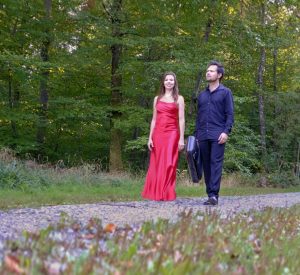
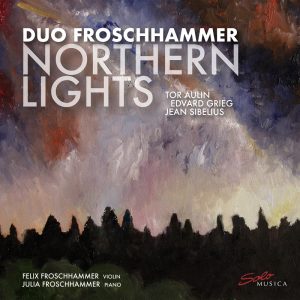
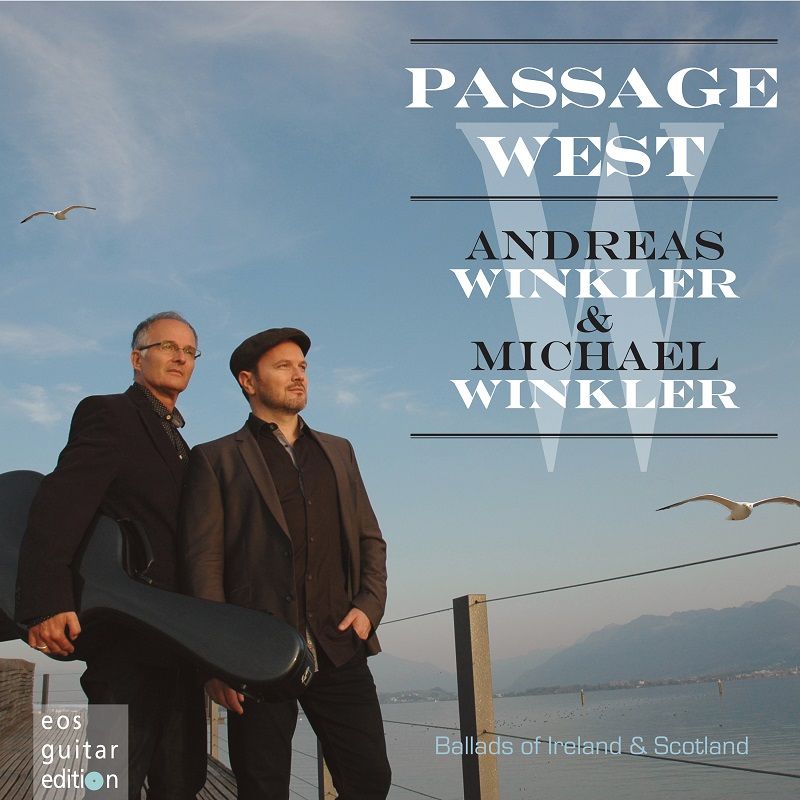
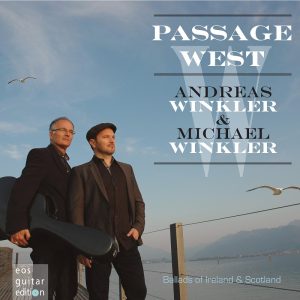 Artist:
Artist: 
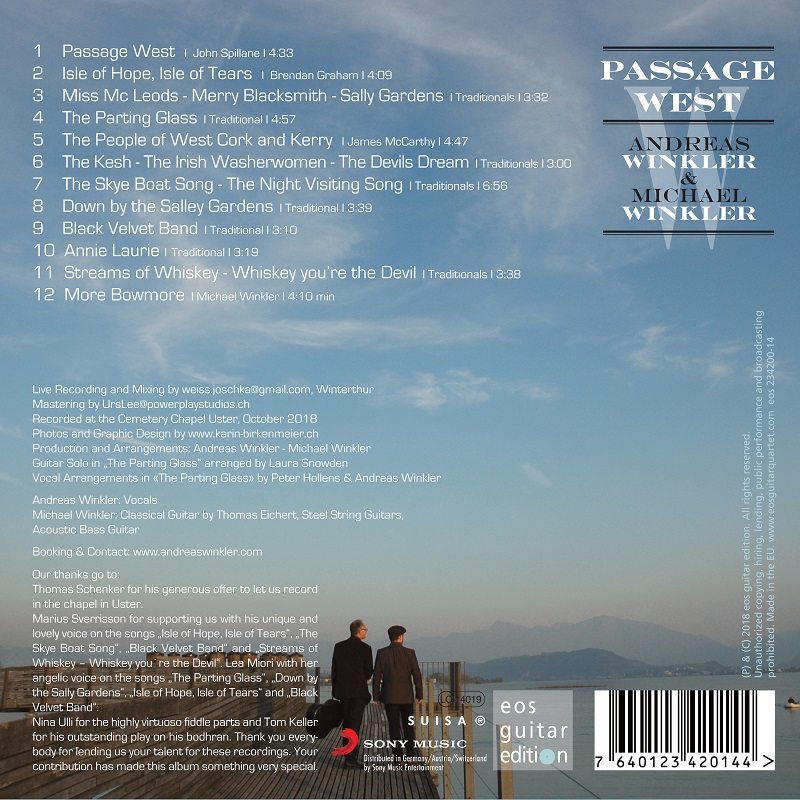
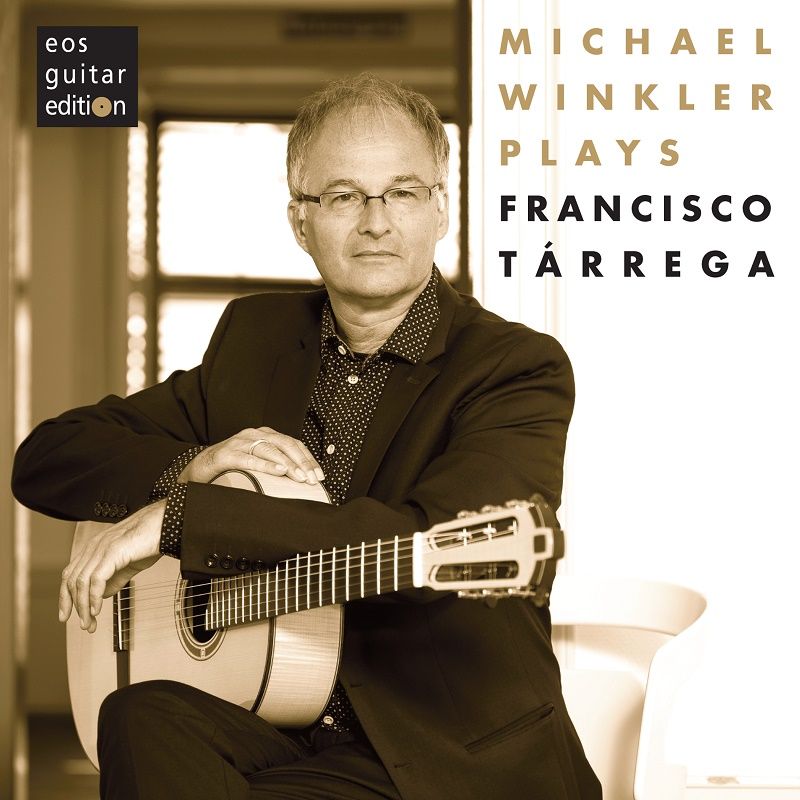
 Helen Buchholtz (1877-1953)
Helen Buchholtz (1877-1953) Industrialisation made the number of inhabitants in Esch soar from 2000 in 1870 to 24,000 in 1913, which resulted in a rise and increase in variety of cultural events in Esch. At that time, music-making in private homes was still very popular and important, thus it can be assumed that Helen Buchholtz delighted audiences with her performances on such social occasions at regular intervals.
Industrialisation made the number of inhabitants in Esch soar from 2000 in 1870 to 24,000 in 1913, which resulted in a rise and increase in variety of cultural events in Esch. At that time, music-making in private homes was still very popular and important, thus it can be assumed that Helen Buchholtz delighted audiences with her performances on such social occasions at regular intervals.